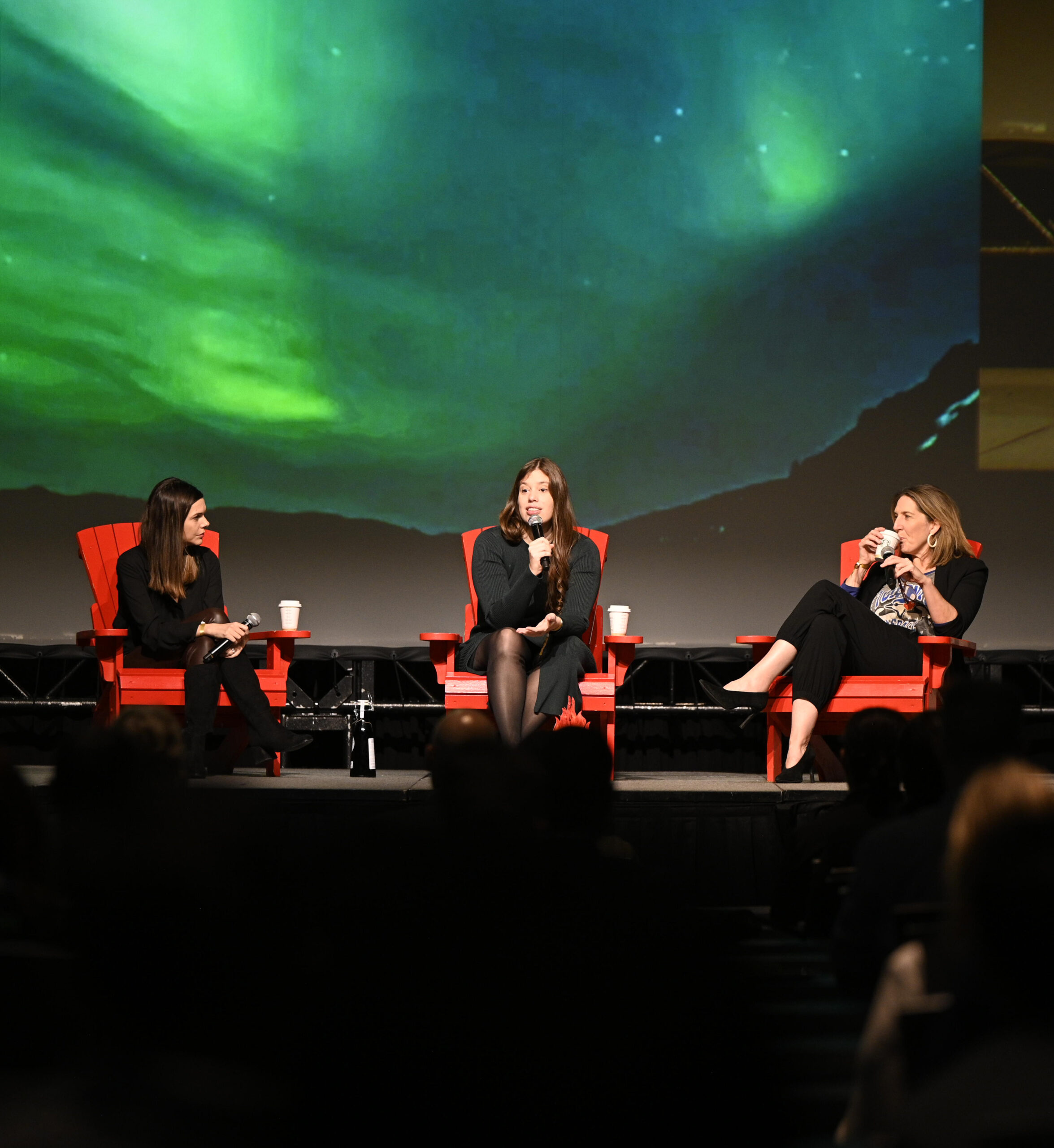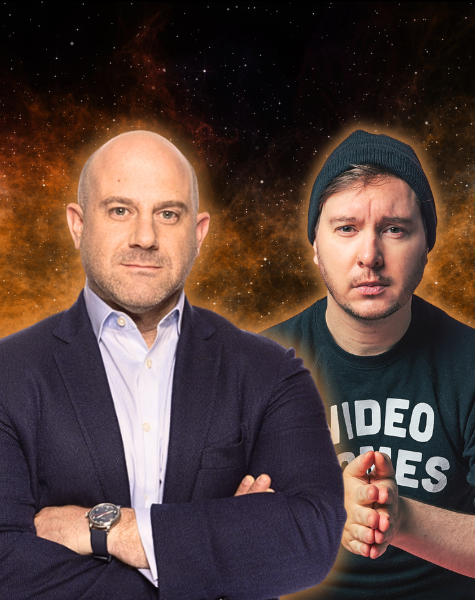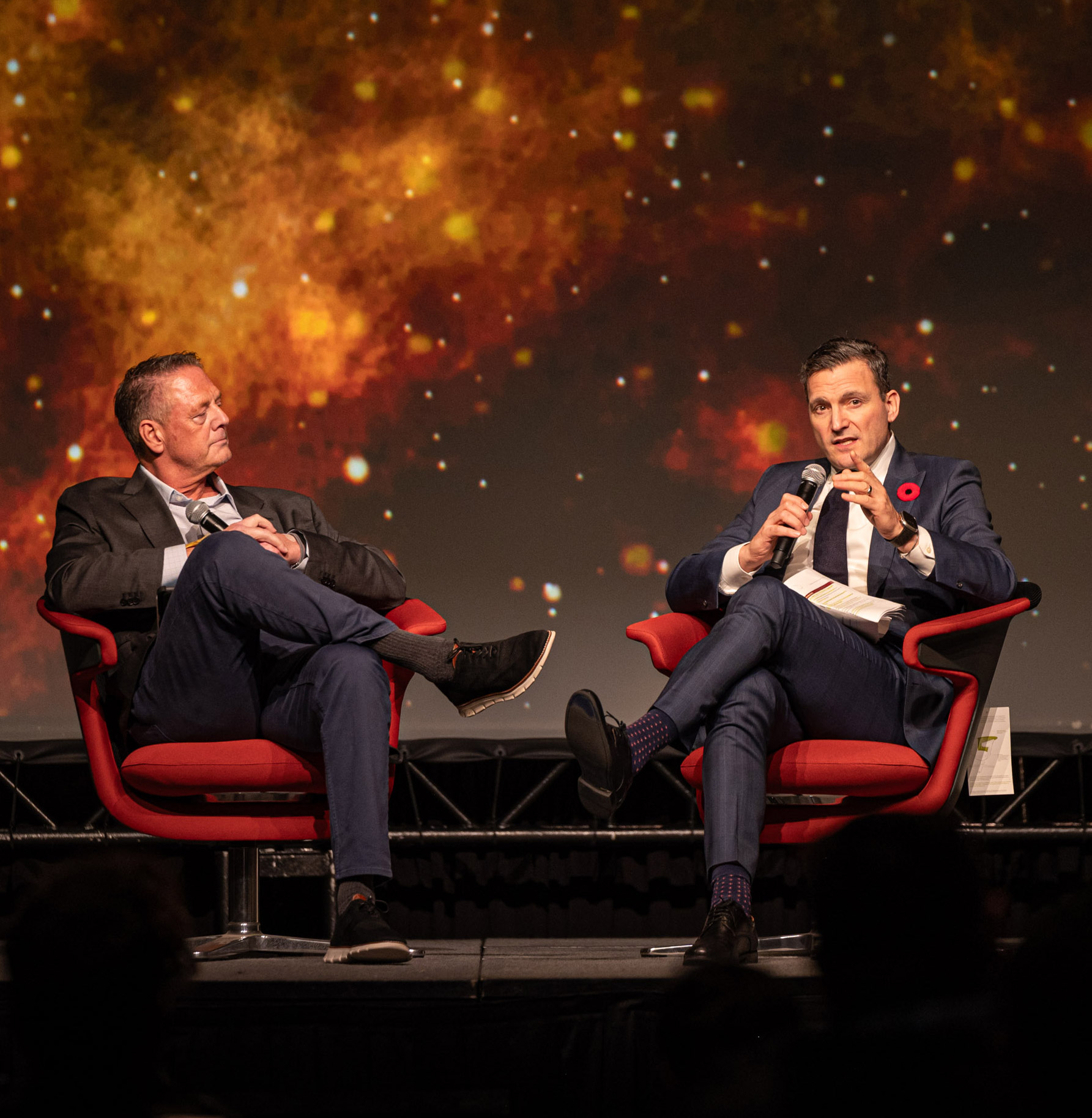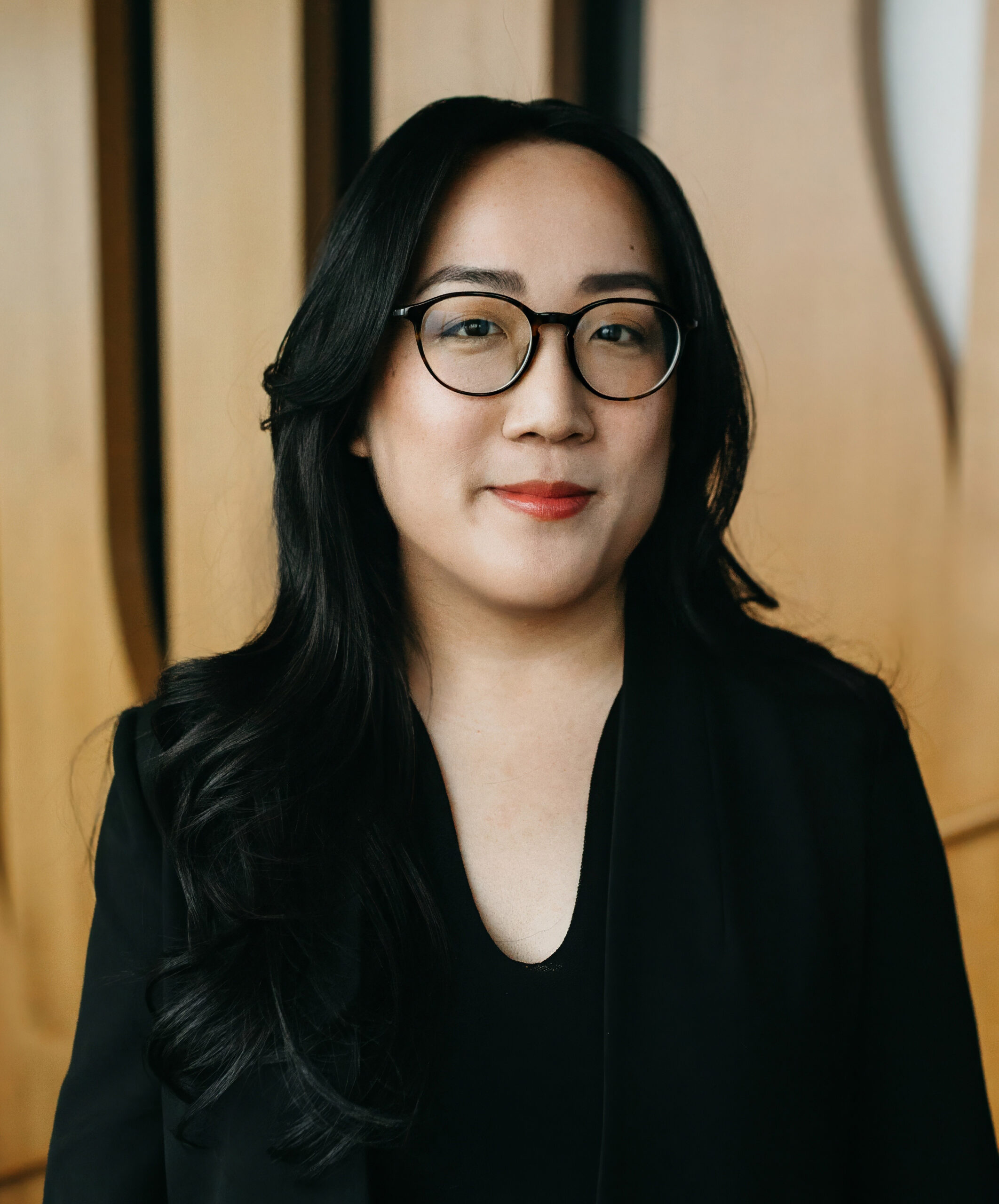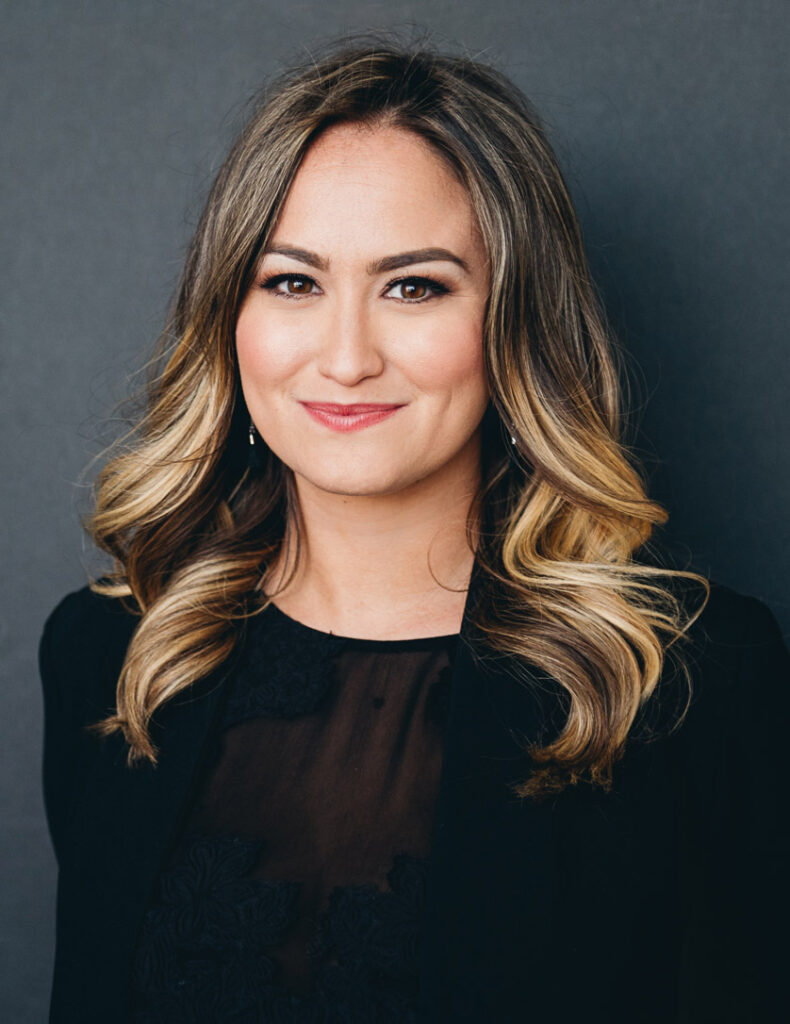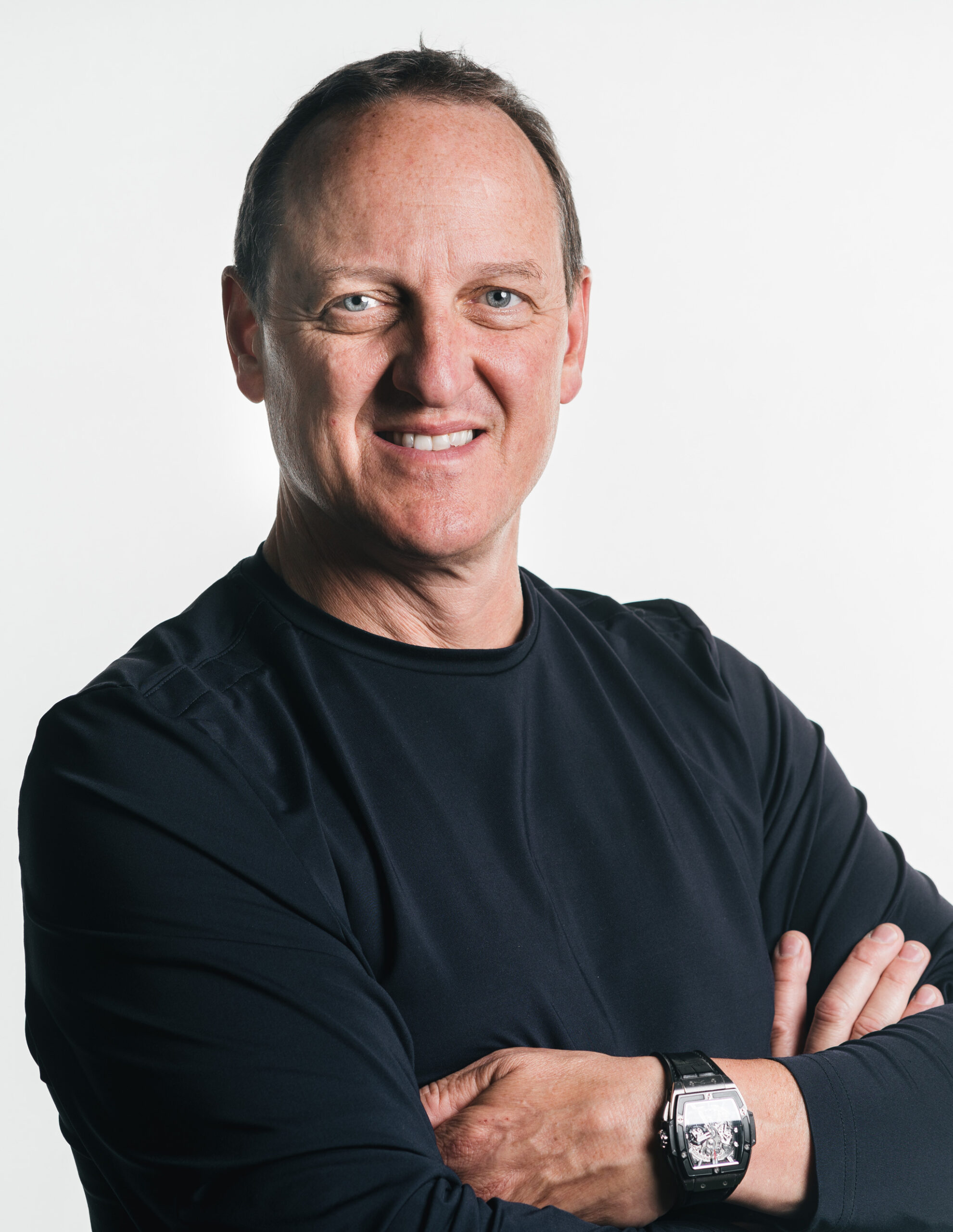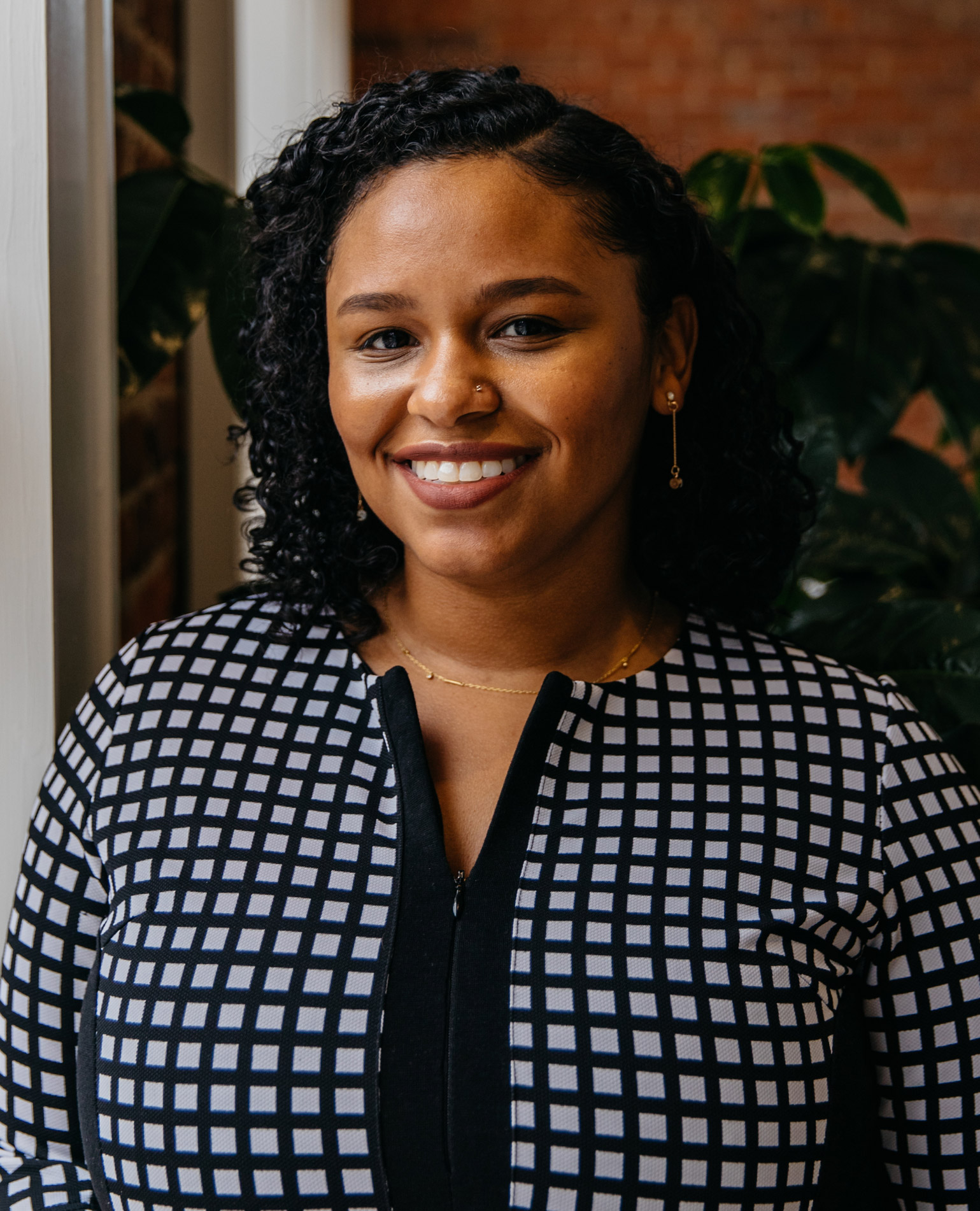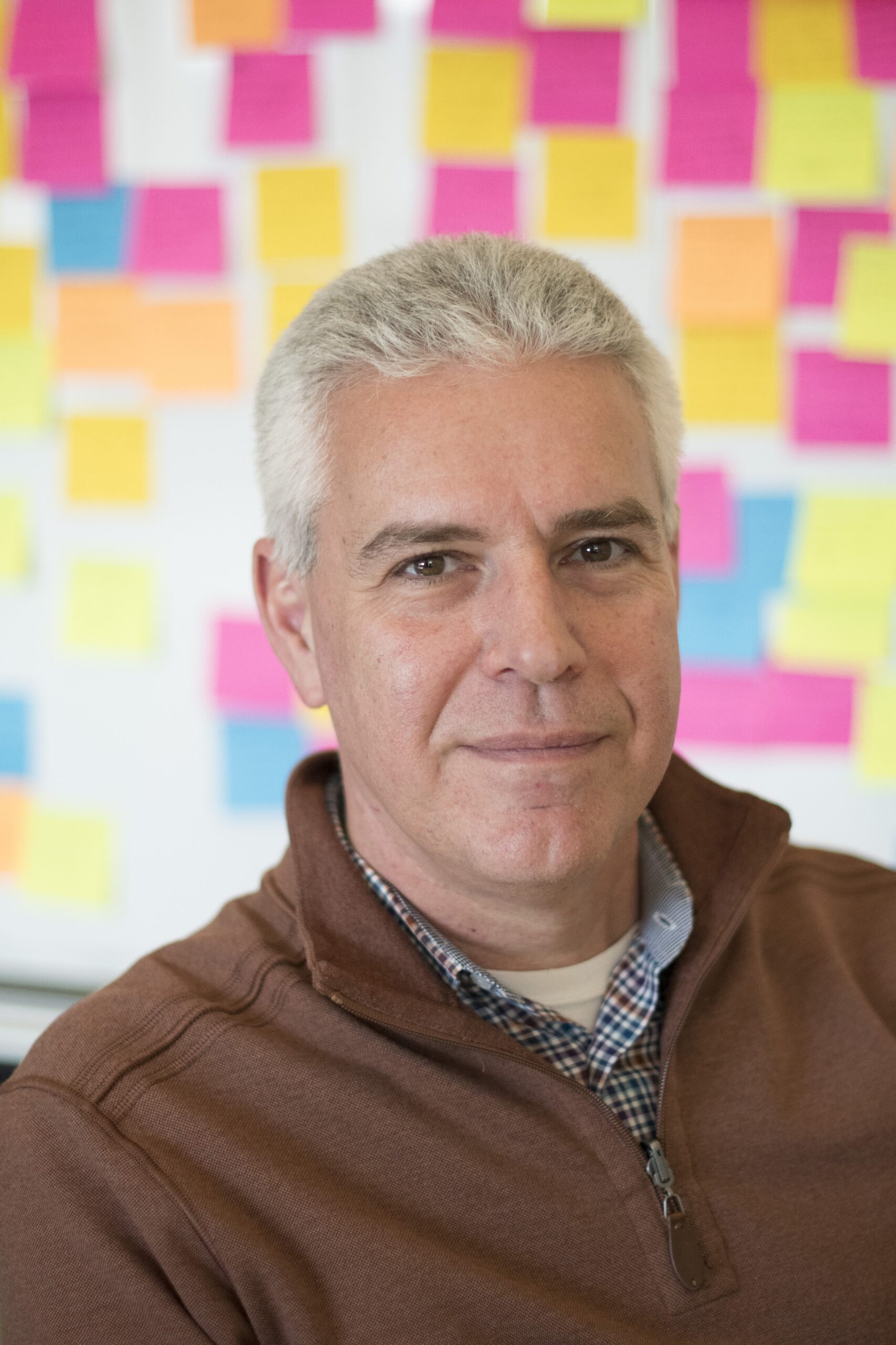Hello to Canada’s SaaS and AI Community,
What does it take to build a category-defining company in 2025, especially in one of the most competitive tech environments we’ve seen in over a decade?
Peter Carrescia, Co-Founder of goConfirm (formerly Confirm, and originally Qui Identity), believes it comes down to three things: team, speed, and market awareness.
At SAAS NORTH 2023, Peter took us inside the earliest days of the company, when it was still an idea shaped by casual conversations with Wave co-founder Kirk Simpson, and shared how they raised $8.5M to tackle a massive, complex challenge: digital identity.
Fast forward to today, goConfirm has officially launched its flagship product, a peer-to-peer identity verification platform built to make online marketplaces safer, and Peter’s advice for SaaS founders navigating a hyper-competitive landscape?
Still as relevant as ever.
Key takeaways:
- goConfirm was built through fast prototyping, deliberate hiring, and a relentless focus on user trust.
- Product-market fit is not a milestone, it’s a constantly moving target defined by customer needs and competitive pressure.
- Peter encourages every founder to measure their “competitive revenue gap” and be mindful that the deals you're losing are likely because you didn’t differentiate well enough.
At SAAS NORTH 2023, Peter Carrescia shared a founder story that revealed just how seasoned operators can build with urgency, clarity, and purpose.
After Wave, Peter could have stepped back. Instead, a conversation with Kirk Simpson sparked an idea that became goConfirm, a startup now tackling one of the internet’s biggest trust gaps.
Keep reading to see how they went from concept to launch and what SaaS founders can learn from the journey.
1. Build Fast, Then Focus
Peter and Kirk didn’t start goConfirm with a polished product. Instead, they focused on rapid prototyping and built an early team that understood ambiguity and urgency.
The big idea: Identity is too fragmented and too centralized. There’s no lightweight way for two people to verify each other online, especially outside of big platforms.
By December 2024, they had something real.
A tool that lets users verify their identity, then share that verification in a secure, privacy-first way during peer-to-peer transactions.
Simon De Baene built a $100M+ SaaS company by focusing on what most overlook: real problems, simple products, and strategic patience.
If you're growing a SaaS business without a roadmap, this journey might be exactly what you need to hear.
2. Your Competitor Is Moving Faster Than You Think
One of Peter’s core messages was that customer obsession is necessary but insufficient.
Founders need to also understand the competitive landscape, or risk being overtaken by faster-moving companies.
“I'm a huge believer in obsessing about your customers, but ignoring your competition is at your peril.”
He shared his own hard-won experience from Alida (formerly Vision Critical), where Qualtrics reframed the market by selling directly to CEOs while Alida focused narrowly on researchers. The result? A massive opportunity lost.
“Markets evolve. If you focus too much on your customer and ignore your competition, you might get leapfrogged.”
3. Know What You’re Losing & Why
Peter introduced a concept that should be top-of-mind for every founder in 2025: the competitive revenue gap. It’s the value of deals lost not because of poor product-market fit, but because of poor differentiation.
“Quantify how much you're losing to competitors. Then build a plan to systematically close that gap.”
Whether you’re a Series A startup or a scaling enterprise, reclaiming just 10% of those deals can transform your growth trajectory.
4. Predict Your Competitor’s Move (Then Win on Trust)
One of the most actionable insights Peter shared was the value of pre-seeding competitor behavior.
By telling prospects exactly how a competitor will respond, whether it’s undercutting on price or using misleading feature comparisons, you gain trust by being right.
“This is about instilling confidence. You should never be surprised by what your competitor does next and neither should your prospect.”
That confidence can tip close deals in your favour, even when the product differences are minimal.
Where goConfirm Stands Today
In just over two years, Peter and Kirk have evolved a simple idea into a real-world solution. With goConfirm’s public launch, they’re tackling a massive problem that sits at the intersection of identity, trust, and peer-to-peer commerce and the timing couldn’t be better. As marketplaces scale, generative AI increases impersonation risk, and users demand more control over their data, goConfirm is positioning identity as a user-owned utility, not a corporate-controlled credential.
In 2025, product-market fit is about more than just who loves your product, it’s about how you win, consistently, in a crowded and often competitive room and Peter Carrescia’s advice remains true: know your rivals, measure the cost of losing, and build to outplay (not just outbuild).
SAAS NORTH is Canada’s hub for scaling SaaS and AI companies. Founders, teams, and investors come to learn, connect, and grow with the country’s largest in-person tech community.
